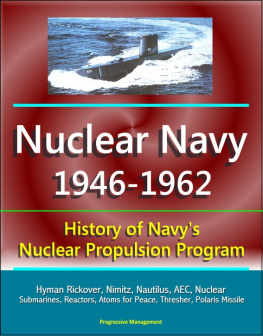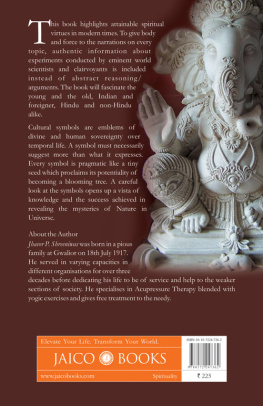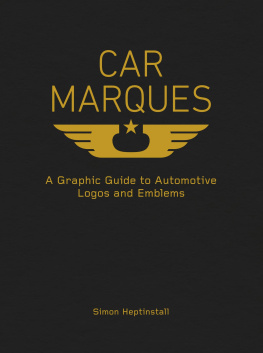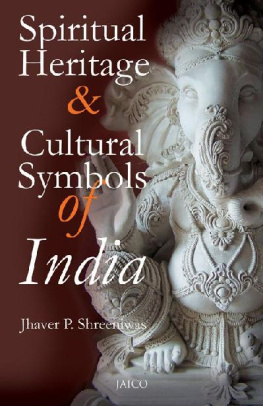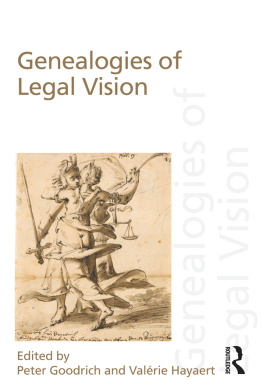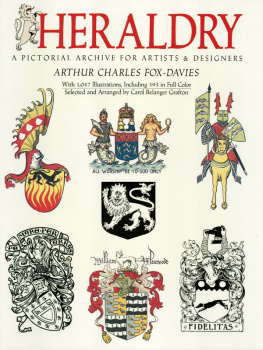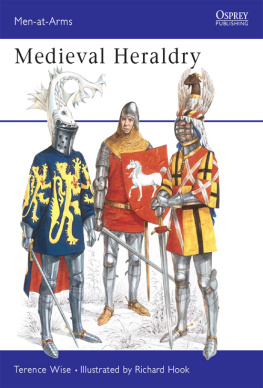Guide to Air Force Heraldry - HeraldryThrough the Ages, Symbols in Emblems, USAFSymbols,Organizational Emblems, Designing An Air Force Emblem
* * * * * * * * * * * *
Progressive Management
* * * * * * * * * * * *
Smashwords Edition
Copyright 2014 Progressive Management
Questions? Suggestions? Comments? Concerns?Please contact the publisher directly at
Remember, the book retailer can't answer yourquestions, but we can!
* * * * * * * * * * *
Smashwords Edition, License Notes
This ebook is licensed for your personalenjoyment only. This ebook may not be re-sold or given away toother people. If you would like to share this book with anotherperson, please purchase an additional copy for each person youshare it with. If you're reading this book and did not purchase it,or it was not purchased for your use only, then you should returnto Smashwords.com and purchase your own copy. Thank you forrespecting the hard work of this author.
* * * * * * * * * * *
This is a privately authored news service andeducational publication of Progressive Management. Our publicationssynthesize official government information with original material -they are not produced by the federal government. They are designedto provide a convenient user-friendly reference work to uniformlypresent authoritative knowledge that can be rapidly read, reviewedor searched. Vast archives of important data that might otherwiseremain inaccessible are available for instant review no matterwhere you are. This e-book format makes a great reference work andeducational tool. There is no other reference book that is asconvenient, comprehensive, thoroughly researched, and portable -everything you need to know, from renowned experts you trust. Forover a quarter of a century, our news, educational, technical,scientific, and medical publications have made unique and valuablereferences accessible to all people. Our e-books put knowledge atyour fingertips, and an expert in your pocket!

* * * * * * * * * * * *
CONTENTS
* * * * ** * * * * * *
* * * * * * * * * * * *
January 2013
The original version of A Guide to Air ForceHeraldry was written by William M. Russell of the USAF HistoricalResearch Center and published in 1985. During the years that haveelapsed since then, several Air Force regulations and instructionshave been issued to aid Air Force organizations with the design,submission, and procurement of organizational emblems and flags.Most recently, the governing policy on Air Force heraldry, AFI84-105, Organizational Lineage, Honors, and Emblems, has beenrevised with several changes made in Chapter 3, "Air ForceHeraldry." Consequently, the Air Force Historical Research Agency(AFHRA) which receives many requests for assistance and guidance inthe creation of emblems, updated this guide to conform to thepolicy changes and to give the field historian greater guidance.Our success will be measured by the user's ability to developdesign proposals meeting current Air Force requirements and theneeds of the organization.
Dr. Daniel L. Haulman
Organization History Division
Air Force Historical Research Agency
Maxwell AFB, AL 36112-6424
* * * * * * * * * * * *
Chapter 1
Heraldry Through the Ages
Symbols have distinguished friend from foe inwarfare throughout recorded history. Organizations of the UnitedStates Air Force, like other military organizations, employheraldic emblems as a means of identification and for esprit decorps. The emblems symbolize the organization's history , mission,or function. Emblematic devices are recorded in the earliestbiblical period. Osyris, the grandson of Noah used a "SceptreRoyal, insigned on the top with an eye."1 In the annals of theTrojan War, the Greeks reportedly sported emblems on their shields.Later, the eagle of the Roman legions, a highly visible symbolthroughout the empire, represented the might of Imperial Rome.Indeed, before the Middle Ages, all organized tribes and statesaccepted and used symbols and heraldic devices. None of thesedevices were hereditary, but they were the predecessors of medievalheraldry.
Heraldry as we know it today had itsbeginning in the early 12th century during the period between theFirst and Second Crusades. To ensure recognition while wearingarmor and a helmet that partially hid the face, enterprisingknights began to use identifying symbols and devices calledcognizances, which were painted on their shields and embroidered onthe pennons (cloth banners) attached to their lances. This practicespread rapidly as warriors from different European lands gatheredto participate in tournaments and fight in the Crusades. Theinheriting of these cognizances started in western Europe duringthe second quarter of the 12th century when men of the knightlyclass began to display on their shields the devices that had beenborne by their fathers. During the late 12th and early 13thcenturies, heraldic emblems and devices assumed a distinctive andconsistently systematic character that identified individuals,families, nobles, knights, establishments, and communities. At thistime, a knight's cognizance incorporated on his personal seal alsobecame his signature in civil transactions.
Among those who played a part in the historyof heraldry, the "herald" was perhaps the most important.Commissioned by the sovereign as his official representative, theherald proclaimed the edicts of the king, carried messages betweenopposing armies, and issued official proclamations of tournamentsand the regulations that governed them. In tournaments, thecognizance that each knight displayed helped the herald distinguishamong the mass of armored men. To prevent a knight from duplicatingsomeone else's cognizance, heralds eventually compiled Rolls ofArms that listed the cognizances painted on shields and embroideredon the pennons of the medieval warrior, thereby establishing thesystem known as heraldry.2
With the passage of time and technicalchanges in warfare, the herald became less a public servant andmore a genealogist. His role focused increasingly on maintainingthe Roll of Arms. By the 13th century, official (that is, recorded)cognizances began to appear on embroidered cloth over the knights'armor as well as on shields and became known as coats of arms.Later the term "coat of arms" became synonymous with the shield,its crest, and its scroll, bearing a name or motto. A descriptionin words of armorial bearings* is a blazon written in the preciselanguage of heraldry to indicate to a reader without anillustration of the coat of arms the exact arrangement and colorsof the design on the shield, crest, or scroll. The shield (eitherheater shaped or circular) is used for displaying armorial bearingsin Air Force Heraldry as an identifying mark for an organization.The charges, or figures, that form a coat of arms are emblazoned onthe surface of the shield, called the field.
* When a man bore a shield, he was said tobear the devices thereon, and such devices are accordingly calledarmorial bearings.
Figure 1 provides a historical example of ashield, crest, and scroll. The crest is any device displayed abovethe shield, and it is placed over a wreath of six skeins or twistscomposed of the principal metals (gold and silver) and colors ofthe shield. The metals and colors appear alternately in the ordernamed in the blazon. The scroll is the third element in a militarycoat of arms and is usually inscribed with a motto and placedbeneath the shield.
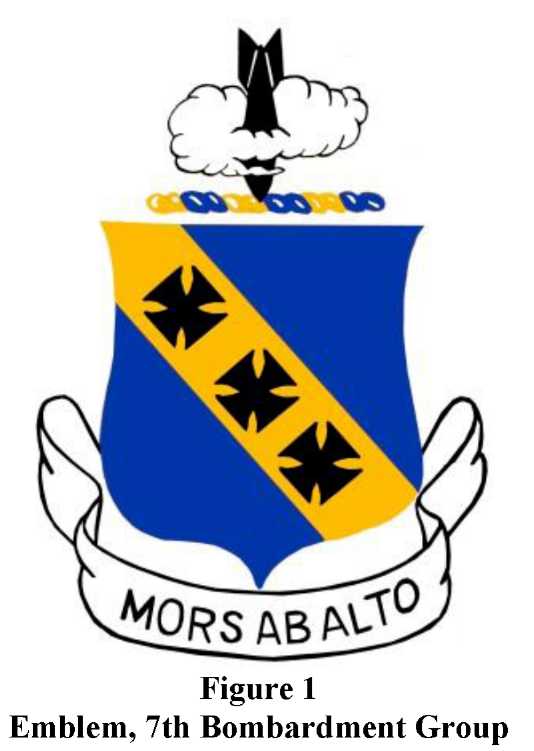
Symbols in Emblems
Next page



